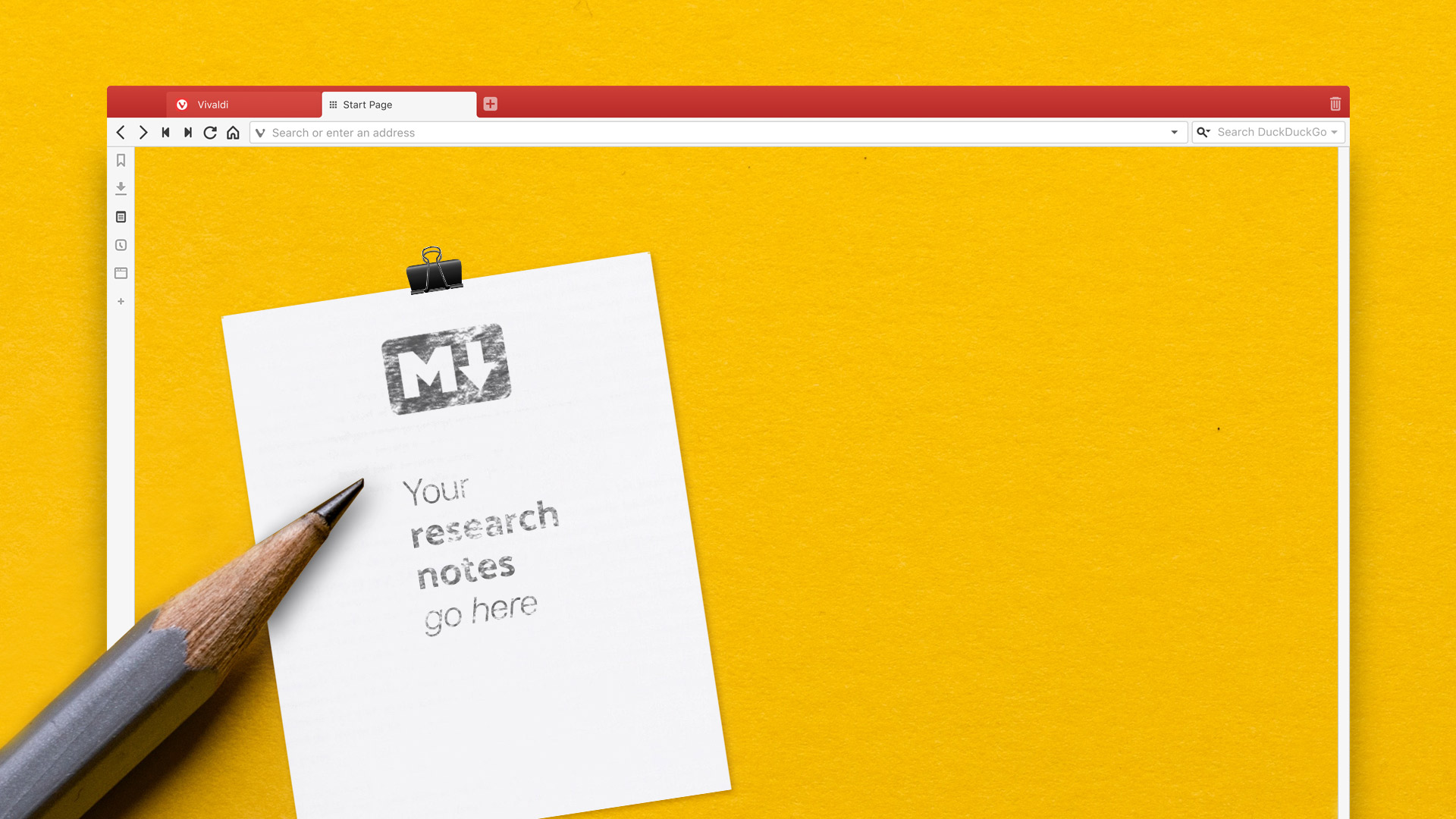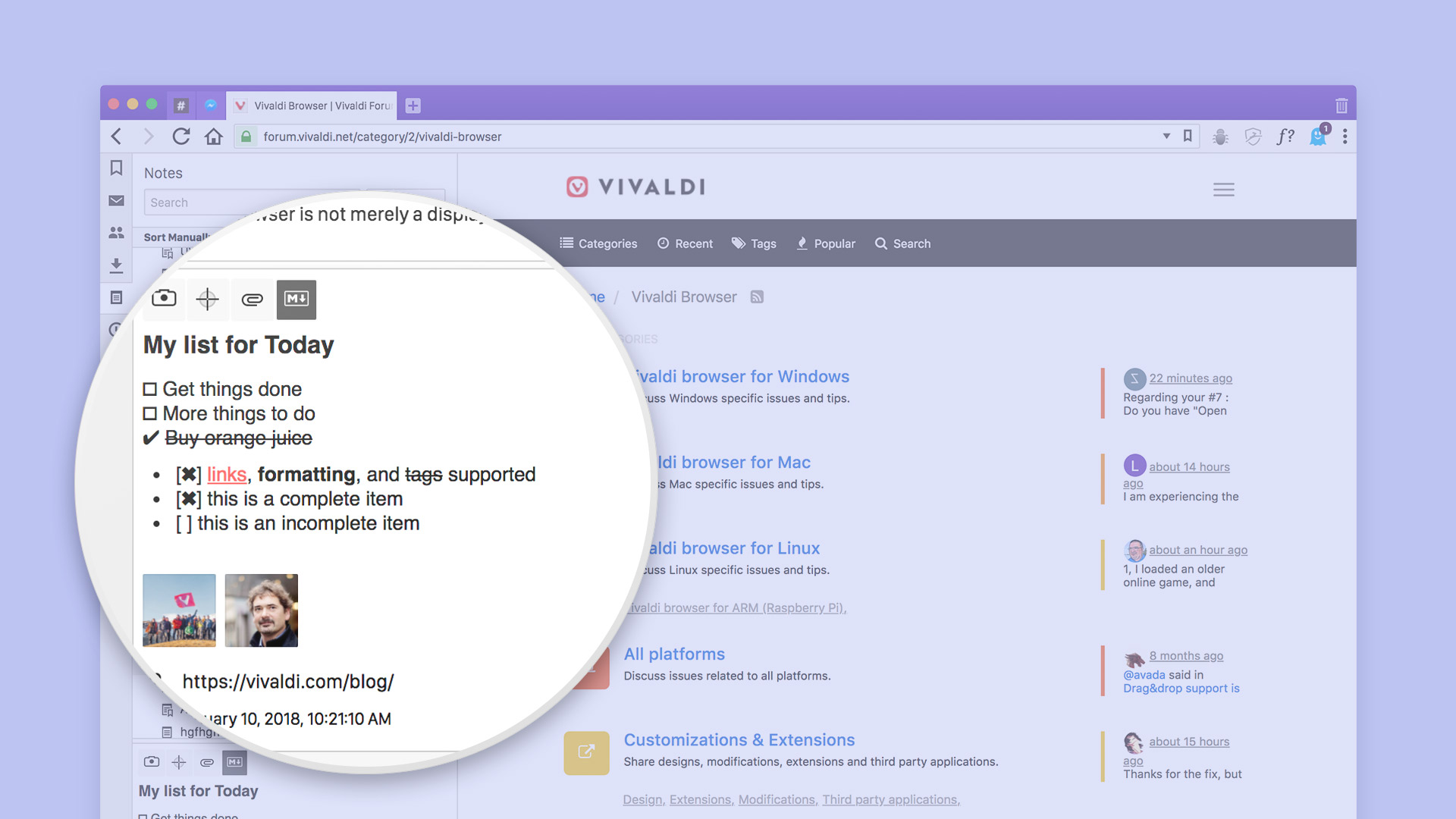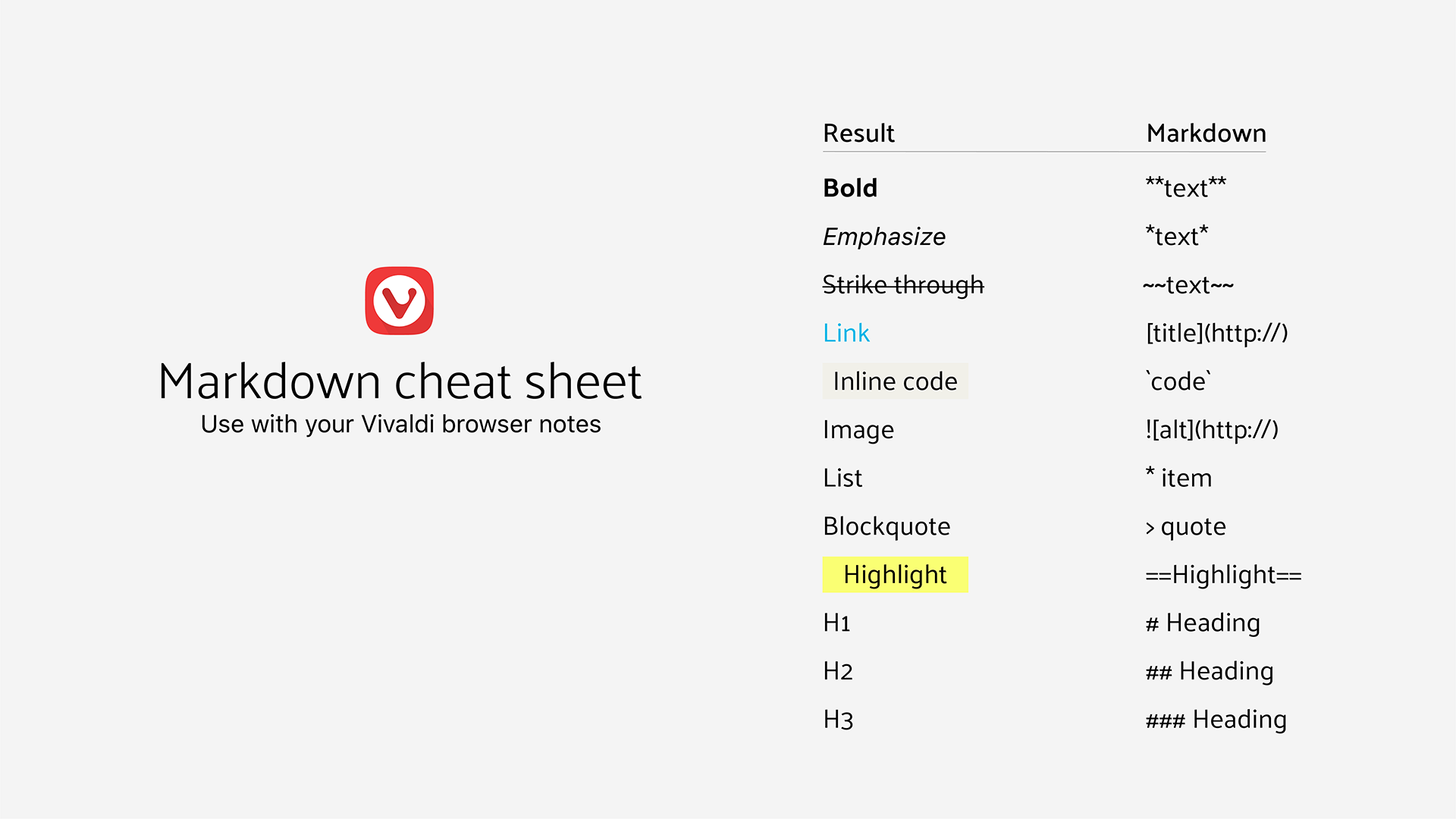
What is Markup?
We just celebrated the sixth annual Aaron Swartz Day. Back in 2004, computer programmer Aaron Swartz and UI designer John Gruber created the Markdown language.
Markdown is a simple markup language (i.e. language for formatting text) that you can use to format virtually any document, and have it seamlessly converted to HTML. With Markdown, you don’t click buttons to bold or italicise words and phrases. Instead, you add Markdown syntax to the text to indicate which words and phrases should look different.
The goal for Markdown’s formatting syntax is to make it as readable as possible. The idea is that a Markdown document should not look like it’s been marked up with tags or formatting instructions.
When John Gruber and Aaron Swartz set out to create the Markdown language, they didn’t have to look far. The pair had become frustrated by writing long, complicated HTML tags. They were after something intuitive and familiar.
They based Markdown on what people were already doing in plain text email (and usenet). They took common ways of expressing syntax online, and created the Markdown spec out of it. It took off.
It doesn’t take long to learn the Markdown syntax, and once you know how to use it, you can write using Markdown just about everywhere. It’s a fast and easy way to take notes, create content for a website, and produce print documents.
Markdown in Vivaldi
In nearly every way, Markdown is the ideal syntax for taking notes. Not surprisingly, it has been a perfect match for our built-in Notes, one of the signature features in Vivaldi.

With Markdown you can quickly format text by adding headers, bolding and bulleted lists to your notes while surfing the web. Many of our users have told us that since the addition of Markdown to Notes, they are using Vivaldi’s Notes more.
Here are some ways to put Markdown in Vivaldi to good use.
Facilitate research
When you do research on the web or read scientific papers on your computer, you may want to save anything of interest in Vivaldi’s Notes. A bit of Markdown magic will go a long way. You can add headers to make your notes easier to reference later. You can accentuate important bits of text, making them clean-looking and organized. You can also add bullet points, helping you scan the content.
Take a look at some common Markdown syntax that you can use in your Vivaldi notes. For the full list of Markdown syntax (which will take you 10 minutes to learn, it’s that simple) take a look here.

Write longer texts
Markdown is an incredibly powerful writing tool which will allow you to create rich content for the web far faster than almost any other method. You can use Notes with Markdown to write longer emails, novels, and pretty much all other types of text documents.
More importantly, with Markdown you get into a writing flow. If you use more traditional writing tools, you pause every few minutes and reach for the mouse in order to click a formatting button or two. This interrupts your flow and can be pretty distracting. Markdown, on the other hand, allows you to keep your hands on the keyboard as you format your carefully crafted words.
View HTML instantly with Markdown
The Markdown function in Vivaldi comes in especially useful if you want to preview simple HTML. Open a new note and paste the HTML code. Next, press the Markdown icon. You’ll immediately see the text with removed HTML tags. A useful trick that can come in useful on many occasions!
Post scriptum
The inventors of Markdown were not interested in creating a spec. They wanted to keep it all simple. However, the lack of spec meant that there could be different implementations, e.g. Reddit’s was different from GitHub’s. Eventually, some of the big companies got together and created a spec, which is now known as CommonMark.
Vivaldi’s Notes were created using extended Markdown syntax supporting CommonMark. We even made the to-do checklist plugin ourselves.
Still not convinced that Markdown is worth learning? Here’s one more reason to dive in – the Vivaldi forum also accepts Markdown (implemented by the forum software provider NodeBB). Why not get going by posting a comment with some Markdown syntax under this very blog post?


